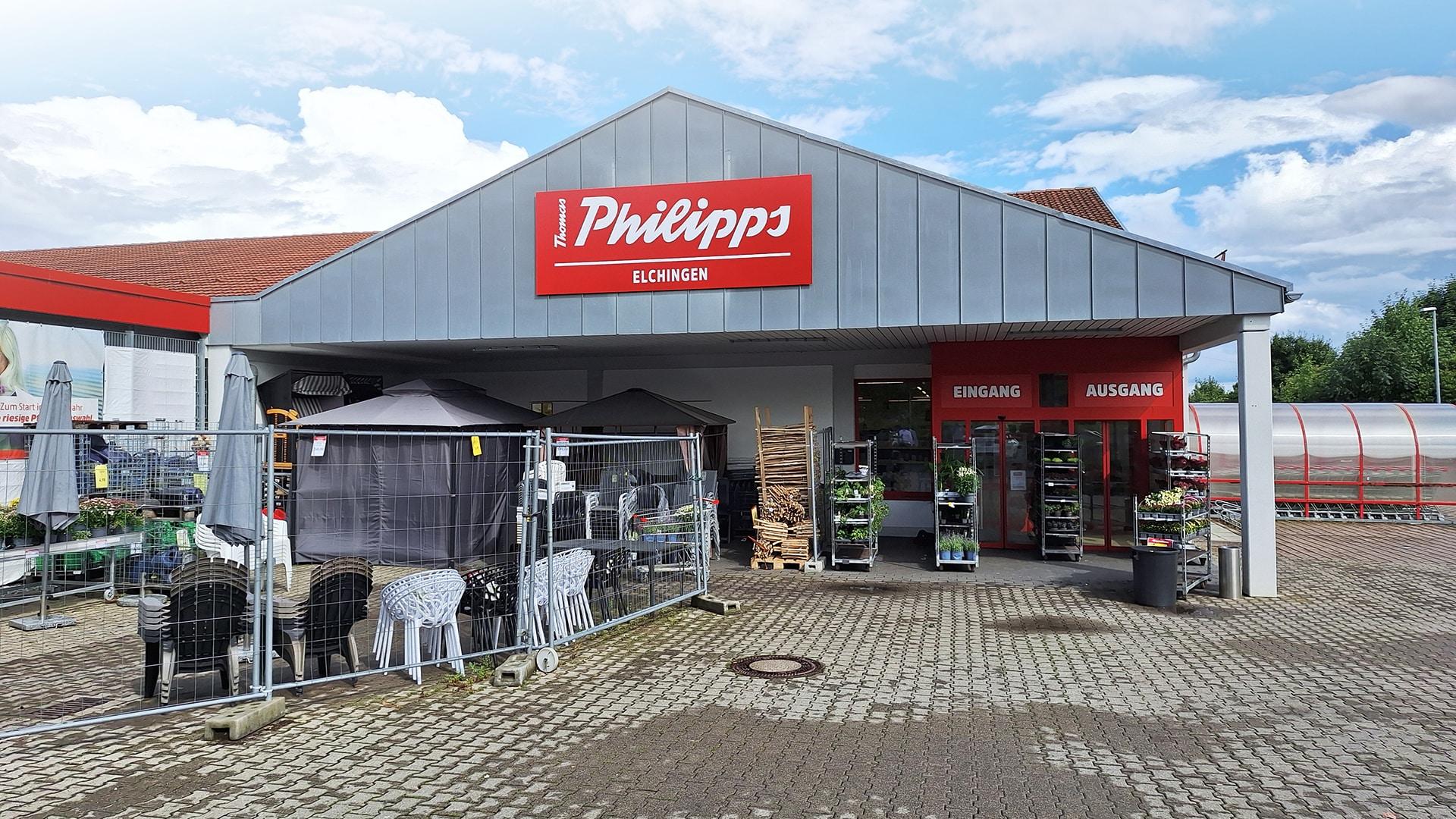Tom Phillips: The Revolutionary Artist Who Transformed Victorian Literature into Contemporary Art

A Visionary’s Legacy
Britain lost one of its most brilliant and idiosyncratic artists with the passing of Tom Phillips, who achieved the highest recognition from the British art establishment – including a CBE (2002) and status as a Royal Academician (1989).
A Life Dedicated to Art
Phillips was not just an artist but a renaissance man – an opera composer, librettist, and concrete poet. His experimental practice encompassed painting, sculpture, ornamental text, photography, music, and site-specific designs for public tapestries and mosaics.
His magnum opus, ‘A Humument,’ stands as a testament to his innovative spirit. This remarkable project, which spanned over fifty years, involved transforming every page of a Victorian novel through painting, collage, and cut-up techniques. The work reached its culmination with its sixth and final edition published by Thames & Hudson in 2016, and was showcased in a dedicated room at the Royal Academy during the 247th Summer Exhibition of 2015.
Musical and Literary Contributions
Music was integral to Phillips’s artistic expression. He gained recognition in the 1960s for his involvement with Cornelius Cardew’s Scratch Orchestra and his conceptual music scores. His creative range extended to opera, including his 1969 work ‘Irma,’ and the libretto for Tarik O’Regan’s adaptation of Conrad’s ‘Heart of Darkness,’ which premiered at the Royal Opera House’s Linbury Theatre in 2011.
Cultural Impact and Recognition
His influence on British art was celebrated through retrospective exhibitions at prestigious institutions including the National Portrait Gallery, The Royal Academy, The Victoria and Albert Museum in London, and The Yale Center for British Art in New Haven. In recognition of his contributions to the arts, he was awarded the CBE in 2002.
Phillips’s unrelenting experimental approach to life and art continues to inspire contemporary artists. He is survived by his wife Fiona Maddocks, his children Ruth and Leo, and Fiona’s two children, leaving behind a legacy that bridges traditional and contemporary art forms.
